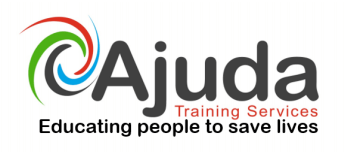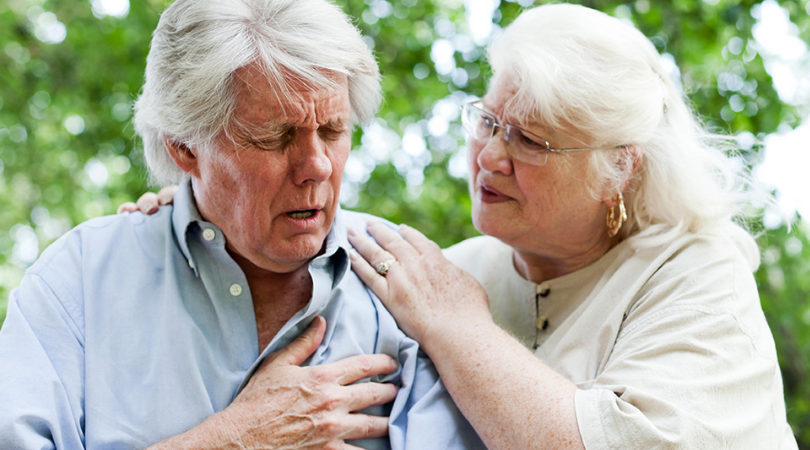After a stroke, every minute that passes is crucial. The most common type of stroke, ischemic stroke (accounting for approximately 90% of all strokes) occurs when a clot blocks an artery to the brain. According to Harvard Health, two million brain cells die every minute until blood flow is restored by an infusion of tPa in hospital.*
Being able to identify a stroke and ensure early treatment for the patient therefore greatly increases their chance of survival and a good recovery. You can learn how to do this by following these simple steps:
1.) Remember the acronym FAST.
This will help you to recognise the most common signs of a stroke:
Face – has their face dropped on one side? Ask them to smile – is their smile crooked?
Arms – ask them to lift both of their arms out. Does one arm drift downwards? Are they unable to lift one arm at all?
Speech – is their speech slurred? Are they unable to speak at all?
Time – if the answer is ‘yes’ to the above questions, then it’s time for you to dial 999 and ask for an ambulance.
The FAST test applies to most strokes; however, there are other possible signs and symptoms, such as: dizziness, blurred vision, severe headaches, paralysis of one side of the body, loss of balance, difficulty understanding speech, and loss of consciousness. A full list of potential stroke symptoms can be found here: http://www.nhs.uk/Conditions/Stroke/Pages/Symptoms.aspx.
Don’t drive the patient to the hospital yourself – it is six times more likely a stroke patient will receive early tPa treatment if they are taken in an ambulance.* The paramedics’ role is vital in taking care of the stroke patient, and informing the hospital so they can make the necessary preparations.
While waiting for the ambulance to arrive, there are other steps you can take, which the emergency operator will guide you through – so it’s important to stay on the line.
2.) Check their levels of consciousness.
– If the stroke patient is conscious, lay them down on their side with their head slightly raised and supported.
– If they are unconscious, check their pulse and breathing and lay them on their side. If they are not breathing or do not have a pulse, start performing CPR immediately. The operator will instruct you on how to do this if you are unsure.
– If they are conscious, help them to lay them on their side, with their head slightly elevated and supported. Putting them in this position will help blood flow to the brain, and will also prevent a fall if their balance has been affected.
3.) Loosen any tight clothing to ensure that their breathing is unrestricted.
4.) Make sure that the front door is unlocked so that the paramedics have easy access to the patient.
5.) Observe
Note the time that they began showing symptoms of the stroke, or when they were last seen ‘normal’. This information is important as it will help doctors determine the best treatment for the individual. Clearly describe the situation to the paramedics, and inform them of any health problems the person has, and any medication they are taking.
DON’T give them food or drink, as their ability to swallow may have been affected.
While you are carrying out these steps, try to remain calm and comfort the person; tell them that help is on its way. Although it is a frightening situation, remember that by staying calm and taking quick action, you will make a huge difference to the person’s chances of recovery.
*Statistics from Harvard Health, http://www.health.harvard.edu/heart-health/stroke-every-minute-counts.


